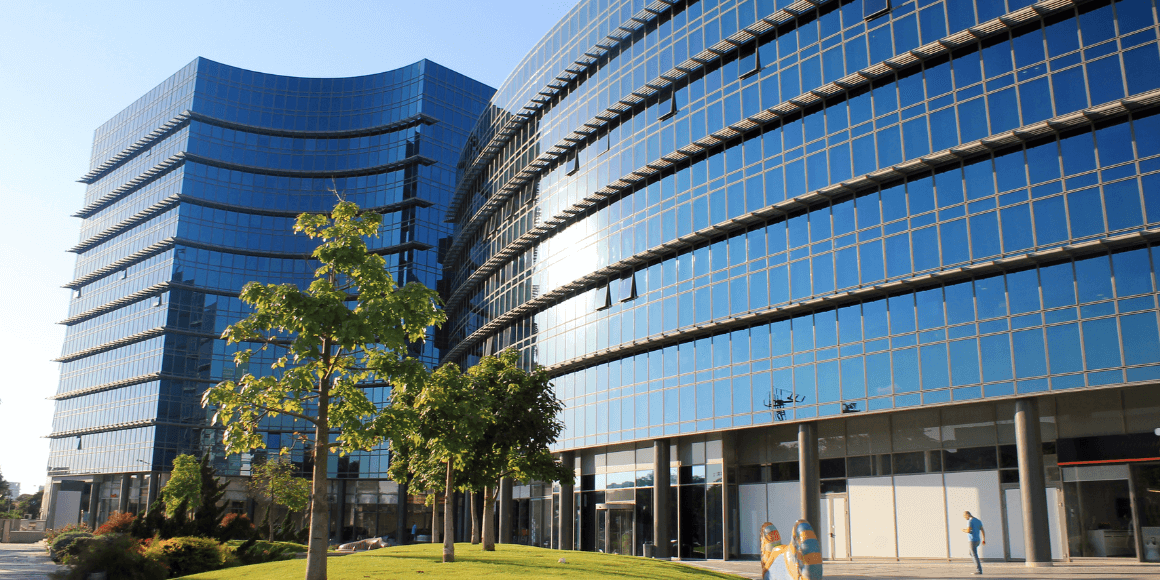
Commercial buildings in the U.S. generate over 700 million metric tons of carbon dioxide emissions annually. That’s an alarming figure, but as a building owner, you can take steps to reduce your facility’s environmental impact. For example, upgrading to efficient appliances is a quick win for cutting down on wasted energy and emissions. But have you also considered ways your building’s occupants can do their part to contribute to your building’s sustainability?
Property owners should build a collaborative relationship with their tenants, staff, and building occupants to promote a culture of sustainability where everyone does their part to lessen the building’s environmental footprint.
What Is a Culture of Sustainability?
We’ve all noticed instances where a company touts a certain value, but their practices don’t align with what they preach. In those instances, the company’s stated value isn’t part of its culture.
Culture encompasses the collective values, behaviors, and practices that characterize an organization or a community. A culture of sustainability, then, refers to a collective commitment to prioritize and integrate sustainability into everyday activities and decision-making processes. When there’s a true culture of sustainability in place, the members of an organization—in this case, building owners and occupants—share a long-term commitment to preserving resources and minimizing their environmental footprint.
Ways to Involve Tenants and Staff in Reducing Carbon Emissions
So, how can companies reduce carbon emissions? Here are our top six tips for fostering a culture of sustainability and getting your tenants or staff involved in reducing carbon emissions:
1. Set goals and track progress.
Awareness is the first step to improvement, so start by establishing a baseline. Determine some simple metrics like how much energy is used each month so you can share that information with building occupants. Then, set goals and monitor progress toward them.
For instance, maybe you’re working on a big goal like achieving LEED certification or a more narrowly focused goal like reducing water usage by a specific percentage. Try not to tackle too many goals at once, and make sure goals are specific and achievable.
2. Get buy-in from all stakeholders.
If you want a sustainability initiative to be successful, you need buy-in from everyone involved. Start with a commitment on the part of leadership, whether that’s property managers, apartment association members, or company executives.
Use training sessions, posters, or other types of awareness campaigns to draw attention to the importance of sustainability. Once you’ve gotten that initial buy-in, keep stakeholders engaged by providing frequent updates on any metrics you’re tracking, and be sure to celebrate achievements whenever you meet a milestone or accomplish a goal.
3. Encourage responsible energy usage.
Work with building occupants to encourage efficiency wherever possible. For example, you might encourage tenants to turn off lights when not in use or install motion sensor lighting in certain areas.
You should also remind tenants that plugged-in devices can use energy even when they’re turned off. They can avoid this phantom energy drain by unplugging devices when not in use.
4. Reduce, reuse, recycle.
Seize opportunities to reduce plastic and paper waste. For instance, you might
- Switch to paperless (digital) processes where you can and encourage tenants to do the same.
- Install water bottle filling stations or fountains to replace plastic bottled water.
- Place recycling containers throughout the building and encourage proper sorting of recyclable materials.
If possible, let tenants know how much waste has been saved from landfills through their efforts.
5. Focus on transportation.
While not part of your building per se, the way people commute to and from your building is also worth some focus when it comes to reducing carbon emissions. Consider installing electrical vehicle (EV) charging stations to encourage the use of electric or hybrid vehicles. In the case of office buildings, companies can also provide incentives for carpooling, like parking spaces closer to the building.
6. Improve your building envelope.
When looking for upgrades to make in and around your building, don’t forget the building envelope. Your building’s roof, exterior walls, windows, and doors can make a major difference in the burden placed on your heating, ventilation, and air conditioning (HVAC) system. This is a key area to focus on because, together, heating and cooling account for more than 40 percent of energy consumed in commercial buildings.
Consider upgrades like energy-efficient roofing materials and insulation or solar window film. These simple changes can help you start instantly making progress toward your sustainability goals.
Enhance Energy Efficiency with Help From NGS
How can companies reduce carbon emissions? The point we want to drive home is that reducing emissions and improving energy efficiency is a group effort. It involves a shared commitment to sustainability, transparency around progress, and a combination of practical solutions.At NGS, we’re passionate about helping property owners meet their sustainability goals. One way we do that is through installing solar window films. Take a moment to learn more about this valuable solution.



